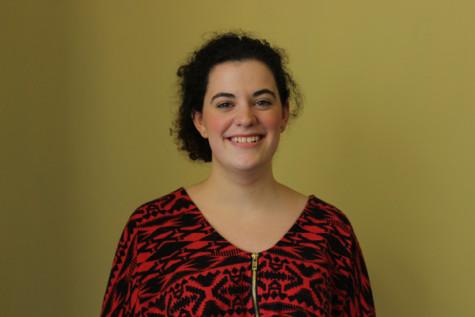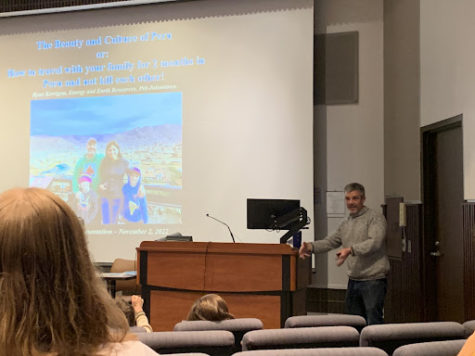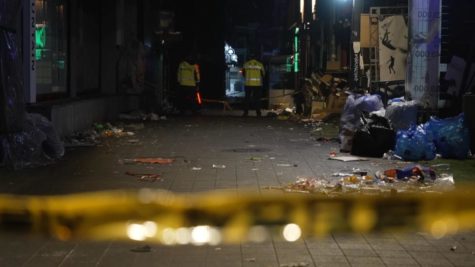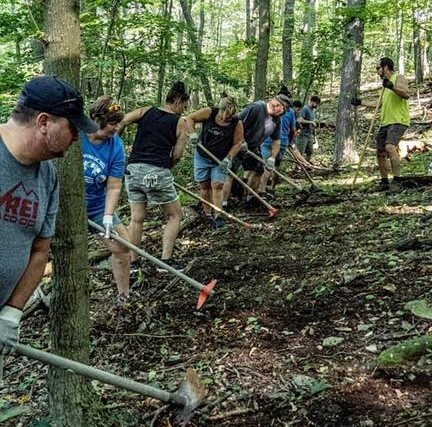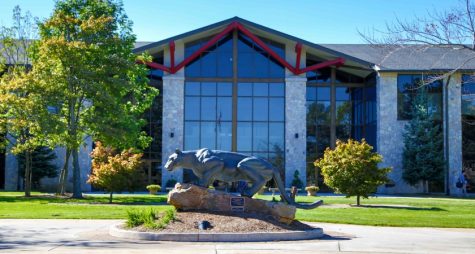A bright future awaits campus
April 20, 2016
Student Government Association Sen. David Franicola is attempting to improve campus lighting.
Changing the current lights would save energy, brighten campus and improve safety, he said. In higher-quality lights, people are more easily identified.
Currently, many campus locations use high-pressure sodium lights, but they are becoming obsolete. They are not energy efficient and score poorly in the color-rendering index, he said.
The index indicates how well a light source shows colors realistically, especially compared to sunlight and incandescent light. Since the current sodium lights do not show colors well, they make it harder to identify faces from a distance, he said.
LED lighting would improve these problems and campus appearance, he said.
Appearance made Franicola begin thinking of campus lights back in 2013, he said, during his first night on campus.
“I wasn’t very familiar with the campus yet, but I remember thinking (that), for a place with such magnificent buildings, the lighting could use a little work,” he said.
Since then, Franicola said he has contacted the school’s energy provider, Penelec, and Scott Electric for incentives and paths to an update.
Scott Electric employees said that they are happy to present to administrators about their lighting, Franicola said, so the next step for him is to meet with university President Jem Spectar.
Spectar brought up the idea originally, according to Campus Development chairman Matt Christina, with whom Franicola works.
Association President Kyle Maguire was telling Christina about Spectar’s suggestion when Franicola overheard and offered to carry the plans forward, Christina said.
Administrators need to support the update before the project moves further, Christina said, but he feels Franicola is making headway.
Physical Plant Director Walter Kalista declined to say whether maintenance employees have addressed or evaluated campus lighting.
Junior Kristen Hayes said she thinks better lighting would make people feel safer walking alone at night. Though she walks in groups and, thus, does not feel endangered, she said she knows people who feel hesitant walking alone.
Though most of campus is sufficiently lit, she said, around freshman halls and townhouses it gets dark. She suggested more lights, but said she thinks brighter ones could fix the problem.

